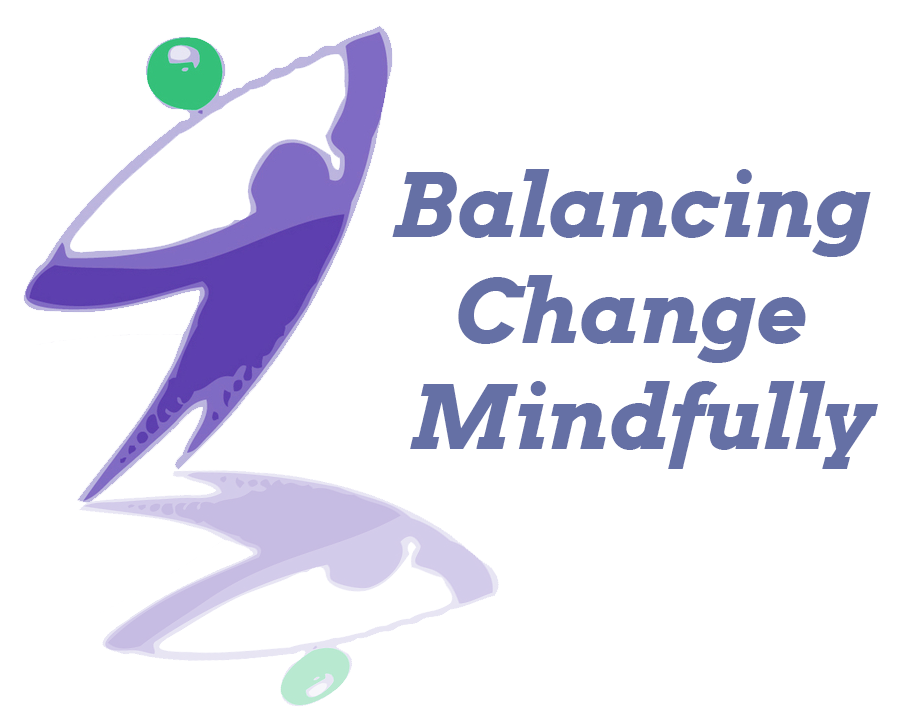
People often assume that conflict is always negative. This is not true! People are inherently different, and conflict simply happens when those differences come to light. Viewing conflict in this way can help us maximize the possible positive outcomes of the problem at hand. Equipped with a conflict resolution process, people can explore and understand those differences, and use them to interact in a more positive, productive way.
What is Conflict?
The Random House Dictionary defines conflict as, “to come into collision or disagreement; be contradictory, at variance, or in opposition; clash.”
Some examples of conflict can include:
- Two sales representatives are arguing over who gets the latest customer
- A team of employees is upset with their manager over a recent scheduling change
- A group of managers cannot decide who gets the latest project assignment
Conflict can also be healthy. Think about how conflict will increase motivation and competitiveness in these scenarios.
- Two companies vie for the top market share of a particular product
- Several sales teams work to get first place
- Six hockey teams work towards winning a championship
These types of drivers can result in greater success, whether “success” means a better product, better teamwork, better processes, lower prices, trophies, or medals.
What is Conflict Resolution?
The term “conflict resolution” simply means how you solve conflicts. Although there are many processes available, we have developed one process that you can adapt for any situation. You will even be able to use these tools to prevent conflict and to help others work through conflict.
Some common conflict resolution terms include:
- Mediation: It is a process to resolve differences, conducted by an impartial third party.
- Mediator: In impartial person who conducts a process to resolve differences.
- Dispute Resolution: The name given to any process aimed at resolving differences between two parties.
- Apparent Conflict: A situation where the conflict is in the open.
- Hidden Conflict: A situation where the conflict is not in the open.
Understanding the Conflict Resolution Process
Conflict can come in many forms, and our process will help you in any situation.
- Create an Effective Atmosphere
- Neutralize Emotions
- Set Ground Rules
- Set the Time and Place
- Create a Mutual Understanding
- Identify Needs for Me, Them, and Us
- Focus on Individual and Shared Needs
- Find Common Ground
- Build Positive Energy and Goodwill
- Strengthen the Partnership
- Get to the Root Cause
- Examine Root Causes
- Create a Fishbone Diagram (for complex issues)
- Identify Opportunities for Forgiveness
- Identify the Benefits of Resolution
- Generate Options
- Generate, Don’t Evaluate
- Create Mutual Gain Options and Multiple Option Solutions
- Dig Deeper into the Options
- Build a Solution
- Create Criteria
- Create the Shortlist
- Choose a Solution
- Build a Plan
Most Importantly:
Before beginning the conflict resolution process, both parties must agree that they want to resolve the conflict. Without this crucial buy-in step, achieving a win-win solution is close to impossible.
